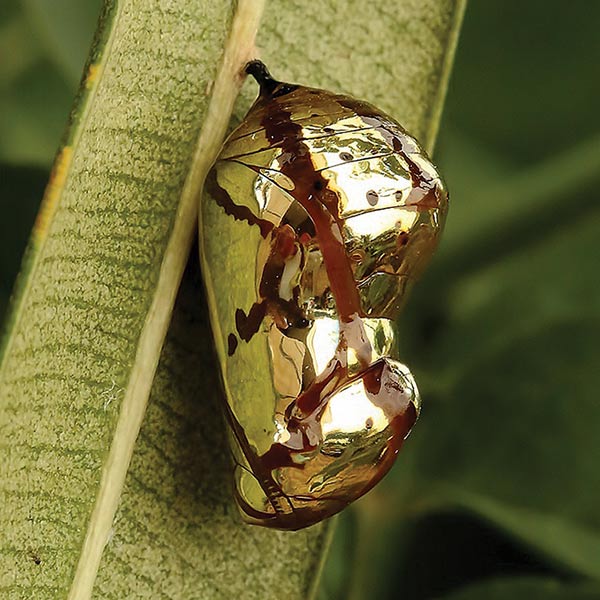Subtotal: $
Checkout-

Building the Muscles of Forgiveness
-

Learning to Love Boko Haram
-

Insights on Witness to the Gospel
-

The Upside-Down Church
-

Everyone Belongs to God - a Reading
-

Waiting to be Welcomed
-

Clinic of the Great Physician
-

Equipped with Water, Flip-flops, and Prayer
-

No Time for Silence
-

Marriage under Christ
-

What Is Marriage For?
-

After Obergefell
-

A Colony of Heaven: The Church in Dissent
-

Pursuing Jesus
-

Digging Deeper: Issue 6
-

Poem: A Fly from the Early Anglers
-

And This Amazing Blue
-

Editors’ Picks Issue 6
-

Featured Books from Plough: Autumn 2015
-

From Khirbet Khizeh to Lod
-

The Witness of Jesus
-

Readers Respond: Issue 6
-

Fundación San Rafael
-

By Sharing We Live

Next Article:
Explore Other Articles:
“You showed us lovely slides of flora and fauna in the wild, but all I have behind my daycare is concrete, artificial grass, and one tree. What am I supposed to do?” It was the first question following my presentation on sustainability education at an early childhood conference in Parramatta, Australia.
Knowing that few of the 150 delegates hailed from the Australian bush, I was ready with a favorite Rachel Carson quote:
Many children, perhaps because they themselves are small and closer to the ground than we, notice and delight in the small and inconspicuous. With this beginning it is easy to share with them the beauties we usually miss because we look too hastily, seeing the whole and not its parts.
You don’t need the wilderness to find nature, I reminded my audience. Many enthusiastically agreed. One delegate described the “nature walk” she takes around a city block. Her children notice and pick up things adults often ignore, such as a Queen Palm seed pod. One child’s vivid imagination immediately turned the object into a gracefully crafted boat, and when another suggested that boats should be decorated, out came the brushes and paint.
The teacher continued with increasing excitement: “We had an Aboriginal boy in the class who mostly kept to himself. But when we started painting the boat something changed. He came over and before we realized what was happening he had painted a round circle of dots with a single dot in the middle, explaining ‘This is all of us sitting around a campfire.’”
Not only was the boy completely engaged in the group activity – he had shared something from deep within his culture with his classmates.
Children are literally and figuratively closer to the earth – closer to the heart of it all. Even as we guide, love, and nurture our children, we need to let them lead us back to a simple absorption in the beauty of the earth – to cherish it and defend it.

Already a subscriber? Sign in
Try 3 months of unlimited access. Start your FREE TRIAL today. Cancel anytime.

Close to the Earth
Because they are close to the earth, children’s eyes are naturally drawn to the underside of leaves and branches that adults see only from the top. Recently a child called my attention to the chrysalis of the Common Crow Butterfly . When newly formed, this species’ chrysalis appears to be made of translucent silver foil. As the butterfly develops inside, the outline of its wings can be detected. –Bill Wiser
 Photo courtesy of Krishna Krishnamurthy
Photo courtesy of Krishna Krishnamurthy
Already a subscriber? Sign in
Try 3 months of unlimited access. Start your FREE TRIAL today. Cancel anytime.


































